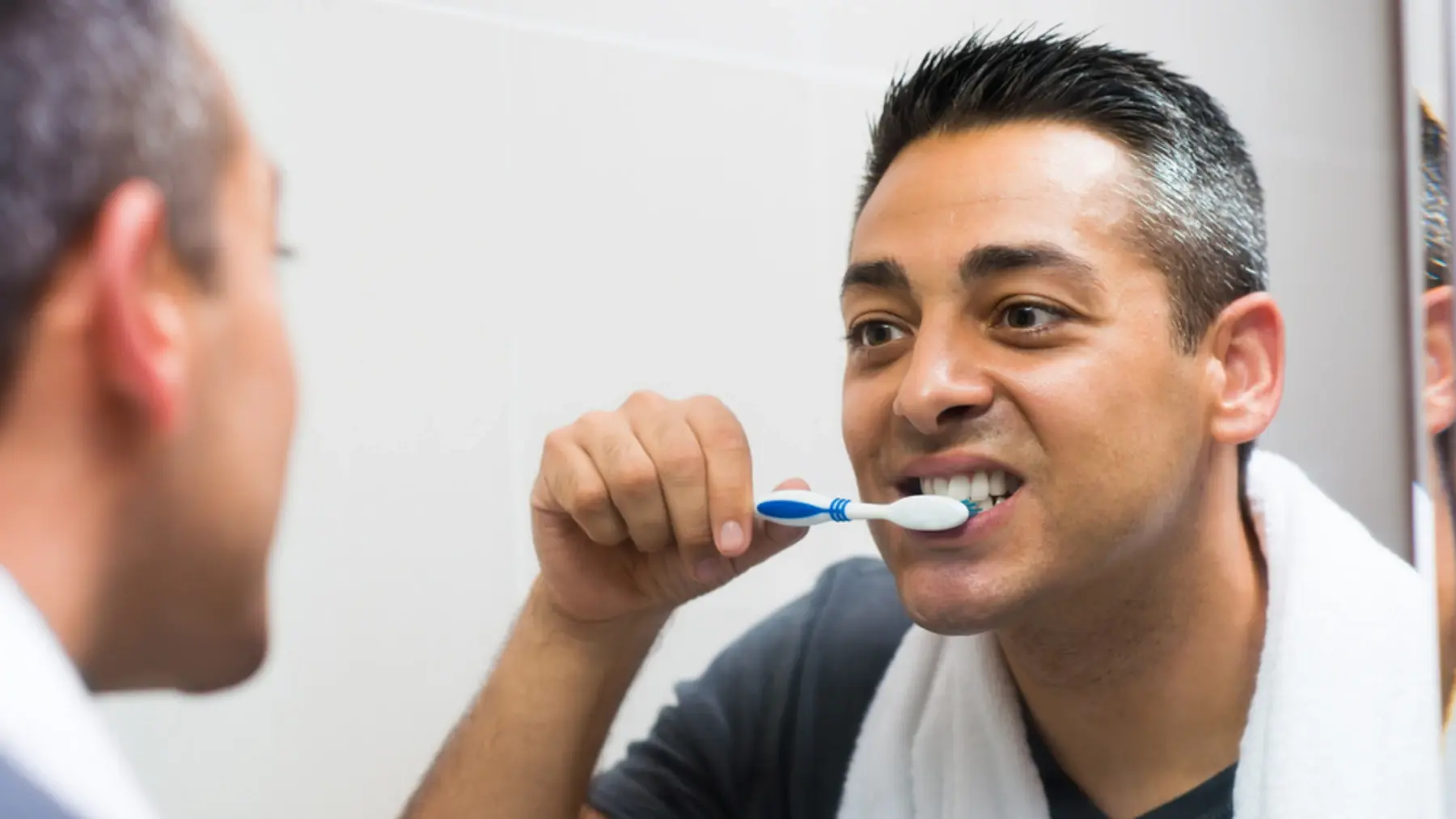Establish a Daily Oral Health Routine
Prevention of gingivitis comes down to maintaining a basic, daily oral care routine. A twice-daily routine of brushing, flossing, and rinsing with mouthwash prevents odor-causing bacteria from taking hold in the mouth as the most common cause of gingivitis is dental plaque left behind by inconsistent and/or inadequate plaque removal in one’s daily oral care routine at home. The plaque buildup that leads to gingivitis can be prevented with twice-daily brushing, daily flossing, and twice-daily rinsing with an effective antiseptic mouthwash like LISTERINE® Clinical Solutions Gum Health which reaches virtually 100% of your mouth.
For most patients, gingivitis can be prevented by establishing a complete and effective daily oral care routine such as the 3-Step Oral Care Routine and seeing your dentist regularly for a thorough professional tooth cleaning. However, in the case of periodontitis, your dentist or periodontist may recommend professional treatment options.
See Your Dentist Regularly
Regular visits to the dentist and professional cleanings can help ensure a cleaner and healthier mouth. Most people should see the dentist every six months for a routine check-up and cleaning to prevent plaque buildup and, if necessary, to remove tartar from the teeth. Professional cleanings and routine exams can prevent most oral health issues like gum disease as your dentist or hygienist is capable of spotting signs of gum disease before you are.
If you experience tender or bloody gums, receding gums, persistent bad breath, or loose teeth, it is time to schedule an appointment. If you’ve noticed those gum disease symptoms or any other potential signs of gingivitis, make sure to ask your dentist or hygienist about how you could be improving your oral health.
Periodontist vs. Dentist
A periodontist is someone who specializes in the prevention, diagnosis, and treatment of gum disease. Consider a general dentist as more of a general practitioner of the mouth and a periodontist as someone who focuses on the gums and bone that support the teeth.
Advanced Periodontal Disease Treatments
If gingivitis progresses to periodontitis, more extensive treatments become necessary to address the problem. Typical advanced periodontal disease treatments include scaling and root planing (deep cleaning of the teeth below the gum line).
Scaling removes plaque and tartar from below the gum line while root planing smoothes the tooth root which helps the gums reattach to the tooth. In advanced cases, your dentist or periodontist may also recommend gum surgery.



